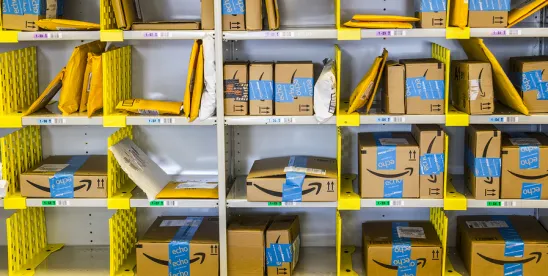The U.S. Consumer Product Safety Commission (CPSC) announced on July 30, 2024, that it issued a Decision and Order against Amazon.com, Inc. (Amazon). CPCS states that, in a unanimous vote, it “determined that Amazon was a ‘distributor’ of products that are defective or fail to meet federal consumer product safety standards, and therefore bears legal responsibility for their recall.” According to CPSC, more than 400,000 products are subject to the Order, specifically faulty carbon monoxide (CO) detectors, hairdryers without electrocution protection, and children’s sleepwear that violated federal flammability standards. CPSC determined that these products, listed on Amazon.com and sold by third-party sellers using the Fulfilled by Amazon program, pose a “substantial product hazard” under the Consumer Product Safety Act (CPSA). Further, CPSC notes, Amazon failed to notify the public about the hazardous products and did not take adequate steps to encourage its customers to return or destroy them, leaving consumers at substantial risk of injury.
As reported in our July 21, 2021, blog item, CPSC filed an administrative complaint against Amazon on July 14, 2021. Amazon argued before an administrative law judge (ALJ) and CPCS that it was not a distributor and bore no responsibility for the safety of the products sold under its Fulfilled by Amazon program. The ALJ ruled that Amazon was a “distributor,” that the products present a substantial product hazard, and that Amazon must take certain steps, including issuing recalls, to protect the public from the hazardous products.
Both parties appealed the ALJ’s ruling to the CPSC, which considered the record in the case and heard oral argument. In its July 29, 2024, Decision and Order, CPSC notes that the CPSA imposes reporting and compliance obligations on manufacturers, importers, retailers, and distributors. CPSC sought a determination that Amazon acted as a distributor under the CPSA with respect to consumer products sold through its Fulfilled by Amazon program and that remedies under the CPSA are necessary to protect the public. Amazon asserted that it is not a distributor subject to the requirements of the CPSA and that CPSC cannot order it to take action — “even as it does not contest the product hazards and has taken actions on its own terms that leave consumers at risk.”
CPSC adopted the ALJ’s finding that Amazon operated as a distributor for purposes of the CPSA when it received, stored, and delivered the hazardous products through its Fulfilled by Amazon program. CPSC accepted the Parties’ stipulation that the relevant products distributed by Amazon pose substantial product hazards. CPSC determined that Amazon must provide notice of the product hazards to purchasers and the public to protect the public adequately under CPSA Section 15(c) and that it is in the public interest to require Amazon to take remedial actions under CPSA Section 15(d) to incentivize the removal of these hazardous products from consumers’ homes. In the absence of such remedial actions, these hazardous products can continue to be sold and resold without recourse under the law.
Under CPSC’s Decision and Order, Amazon must submit proposed plans to notify consumers and the public about the hazardous products and to remove the products from commerce by incentivizing their return or destruction. CPSC states that it will consider Amazon’s proposed plans and address them in a second order.




 />i
/>i
